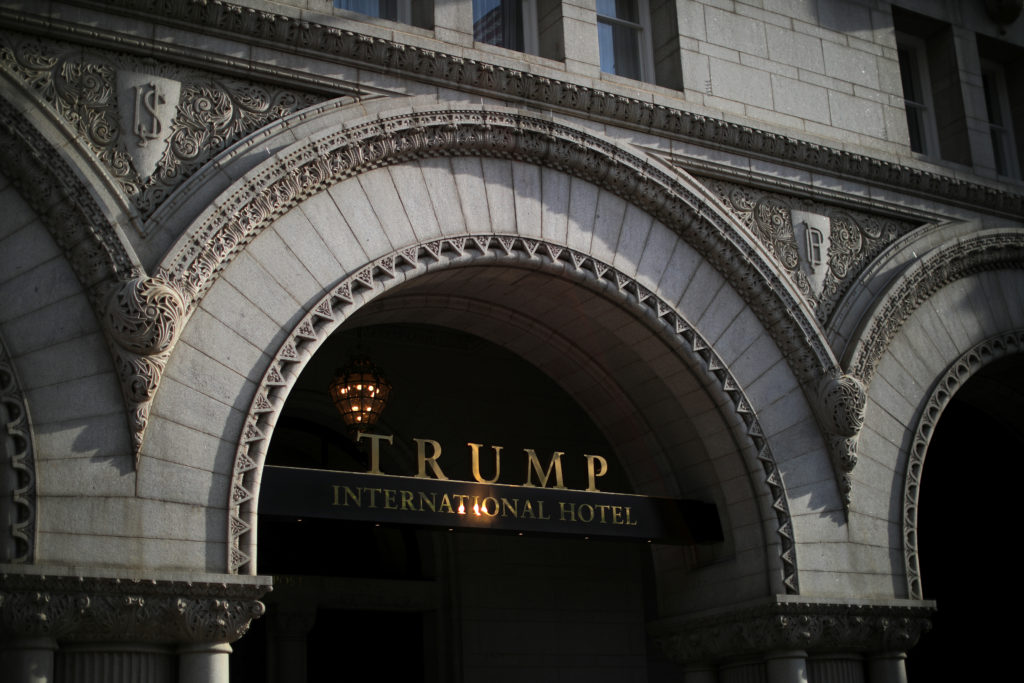
Museums Assess the Implications of Trump’s DEI Directive

**Trump’s Executive Order on DEI Programs: Ripple Effects in Arts and Culture**
Earlier this year, President Donald Trump issued an executive order (EO) instructing federal agencies to end Diversity, Equity, and Inclusion (DEI) programs, framing such efforts as discriminatory. This sweeping mandate is sending shockwaves through the arts and cultural sectors as institutions scramble to assess impacts, adjust strategies, or resist changes.
The Smithsonian Institution quickly responded, shuttering its diversity office and removing references to DEI initiatives, including commitments championed by its Smithsonian Affiliations program. This announcement came on the heels of a similar move by the National Gallery of Art (NGA), which disbanded its Office of Belonging and Inclusion and scrubbed DEI language from its mission statement. These actions stand in stark contrast to directives issued under the Biden administration, which had urged federal agencies to develop Equity Action Plans to create more inclusive environments.
### The Rollback Explained
The EO explicitly targets DEI-related programs across all federally funded institutions. Museums like the Smithsonian and NGA, which rely on federal funding to sustain operations, have already started to modify programs and dismantle DEI-centric infrastructure. For example, the Smithsonian replaced its head diversity officer’s title with the more neutral-sounding “director of the Office of Visitor Accessibility.” Similarly, the NGA replaced “diversity, equity, access, and inclusion” with “welcoming and accessible” on its website.
While some institutions are complying, others are facing uncertainty about how the EO applies to them. Museums that rely on federal funding, even in small amounts, are particularly vulnerable to penalties for non-compliance, such as funding freezes or administrative sanctions.
### Assessing the Impact on Museums Nationwide
Many museums are taking a cautious wait-and-see approach. The North Carolina Museum of Art, for instance, stated it cannot determine how the executive order might affect them until state authorities review the federal directives. Similarly, the Museum of Fine Arts in Boston is still evaluating the EO’s potential impact.
The National Endowment for the Arts (NEA), which provides a critical lifeline of grants to museums and arts organizations across the United States, has also retrenched. The NEA recently removed its “Equity Action Plan” from its website, which had outlined initiatives like translating application guidelines into Spanish and Chinese and engaging underrepresented communities. This rollback is sending ripples throughout the grantmaking ecosystem, as the NEA allocates 40% of its budget to state and regional arts agencies. Any changes in federal funding policies could affect tens of thousands of arts organizations.
### Privately Funded Museums Hold Their Ground
Interestingly, not all institutions feel the heat from the new anti-DEI stance. Privately funded museums, unshackled by federal financial constraints, are continuing their DEI initiatives undeterred. The Museum of Contemporary Art in Detroit (MOCAD), for example, reaffirmed its commitment to DEI values. Co-directors Jova Lynne and Marie Madison-Patton emphasized their ongoing dedication to fostering a diverse and inclusive environment.
“We are guided by our mission, and our approach to DEIA [Diversity, Equity, Inclusion, and Access] remains unchanged,” the co-directors said in a statement. This is particularly important for institutions like MOCAD that have undergone internal reckonings and high-profile leadership changes to address systemic workplace issues in the past.
### Broader Implications for the Arts Community
Trump’s executive order is the latest in a series of federal policy reversals addressing DEI in public spaces and federally funded institutions. Five years ago, the racial justice protests following the murder of George Floyd spurred a reckoning in the museum world. Many high-profile institutions, such as the Guggenheim Museum and the San Francisco Museum of Modern Art, came under fire for discriminatory practices and pledged to make meaningful changes. While progress has been uneven across the sector, some institutions had made strides toward addressing racial and social inequities.
The current rollback threatens to unravel those hard-won gains. For organizations that have embraced DEI principles as cornerstones of their mission, the risk is not only financial but also reputational. At the same time, civil rights groups like the ACLU have cautioned that antidiscrimination laws and legal precedent still protect DEI initiatives, providing a counterbalance to executive orders designed to quash them.
### Rolling Back Funding: A Precarious Future
Uncertainty looms over museums that depend on federal grants, particularly smaller, community-focused institutions. Don’t Stop Trump’s funding freeze, linked not only to DEI initiatives but also to directives targeting issues like gender ideology and climate change, creates additional challenges for grant applicants. These limitations could disproportionately affect historically marginalized communities served by federally funded programs.
The NEA’s recent $36.8 million round of grant awards, much of it geared toward tribal communities, LGBTQ+ artists, and climate-themed projects, exemplifies why these funds are so critical